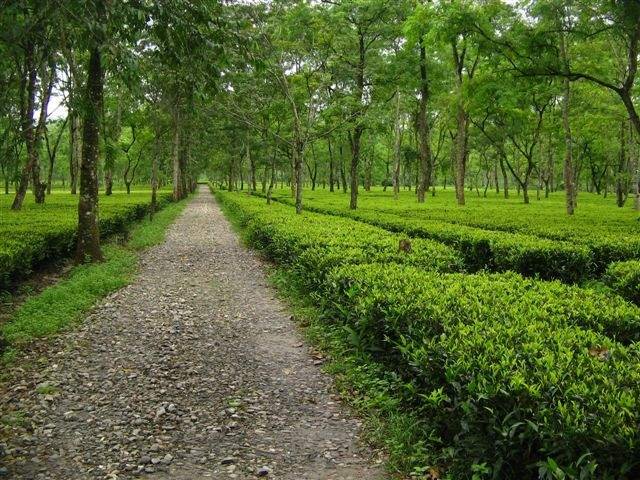Assam tea: Assam, a state in northeastern India, is renowned for its lush green tea gardens and is one of the largest tea-producing regions in the world. However, the journey of tea to Assam is a fascinating story that spans over two centuries, involving British colonialism, Chinese tea plants, and the vision of a few pioneering individuals.
The Early Days of Tea in India
Tea was first introduced to India by the British East India Company in the early 19th century. The company, which had a monopoly on the Indian trade, was keen to break the Chinese monopoly on tea production. In 1830, the British East India Company sent a team of botanists and horticulturists to China to collect tea seeds and plants. The team, led by Robert Fortune, a Scottish botanist, successfully smuggled out tea seeds and plants from China and brought them to India.
This mission was fraught with challenges, as Fortune had to navigate hostile terrain and preserve the seeds during the journey. Nevertheless, his efforts laid the foundation for India’s tea industry.

The Discovery of Indigenous Tea Plants in Assam
In 1823, Robert Bruce, a British trader, discovered indigenous tea plants growing in the wild in the upper Brahmaputra Valley of Assam. Bruce, working for the British East India Company, recognized the potential of these plants and sent samples to the company’s headquarters in Calcutta.
Initially, the company doubted the viability of indigenous tea plants. They prioritized cultivating Chinese tea plants instead. However, these local plants eventually proved crucial to the success of tea cultivation in Assam, as they were naturally suited to the region’s climate and soil.
The Establishment of the First Tea Garden in Assam
In 1837, the British East India Company established the first tea garden in Assam, near the town of Sibsagar. Known as “Chabua,” this garden was planted with Chinese tea seeds and plants. The success of Chabua demonstrated the immense potential of Assam as a tea-producing region, spurring further expansion.
The favorable conditions in Assam’s fertile plains, combined with its humid climate, created the ideal environment for tea cultivation.

The Role of the Assam Tea Company
In 1839, the Assam Tea Company was founded to promote tea cultivation in Assam. This group of British entrepreneurs played a pivotal role in the tea industry’s growth by introducing improved techniques, experimenting with hybrid varieties, and establishing a vast network of tea gardens.
The company’s success not only attracted global attention but also brought economic development to the region. It helped lay the groundwork for the modern tea industry in Assam.
The Expansion of Tea Cultivation in Assam
The mid-19th century saw a rapid expansion of tea gardens across Assam. The British government supported this growth by offering subsidies and incentives to tea planters. Furthermore, the construction of the Assam-Bengal Railway in 1903 provided a much-needed boost by enabling easier transportation of tea to markets in India and abroad.
The combination of government support, entrepreneurial efforts, and favorable conditions transformed Assam into a global tea powerhouse.

The Legacy of Tea in Assam
Today, Assam is one of the largest tea-producing regions in the world, with over 800 tea gardens spanning more than 300,000 hectares. The tea industry provides employment to thousands of workers and contributes significantly to the state’s economy.
Known for its rich, malty flavor and bold aroma, Assam tea is celebrated globally. Popular varieties such as Assam Orthodox Tea and CTC (Crush, Tear, Curl) tea dominate markets worldwide.

Conclusion
The story of how tea was brought to Assam is a fascinating tale of resilience, innovation, and cultural exchange. From the early days of British colonialism to the thriving tea industry of today, Assam has become synonymous with premium tea production.
As we sip our cups of Assam tea, we celebrate the legacy of those who turned a wild plant into one of the most cherished beverages globally. Assam’s tea industry remains a symbol of its rich heritage and a cornerstone of its economy.












